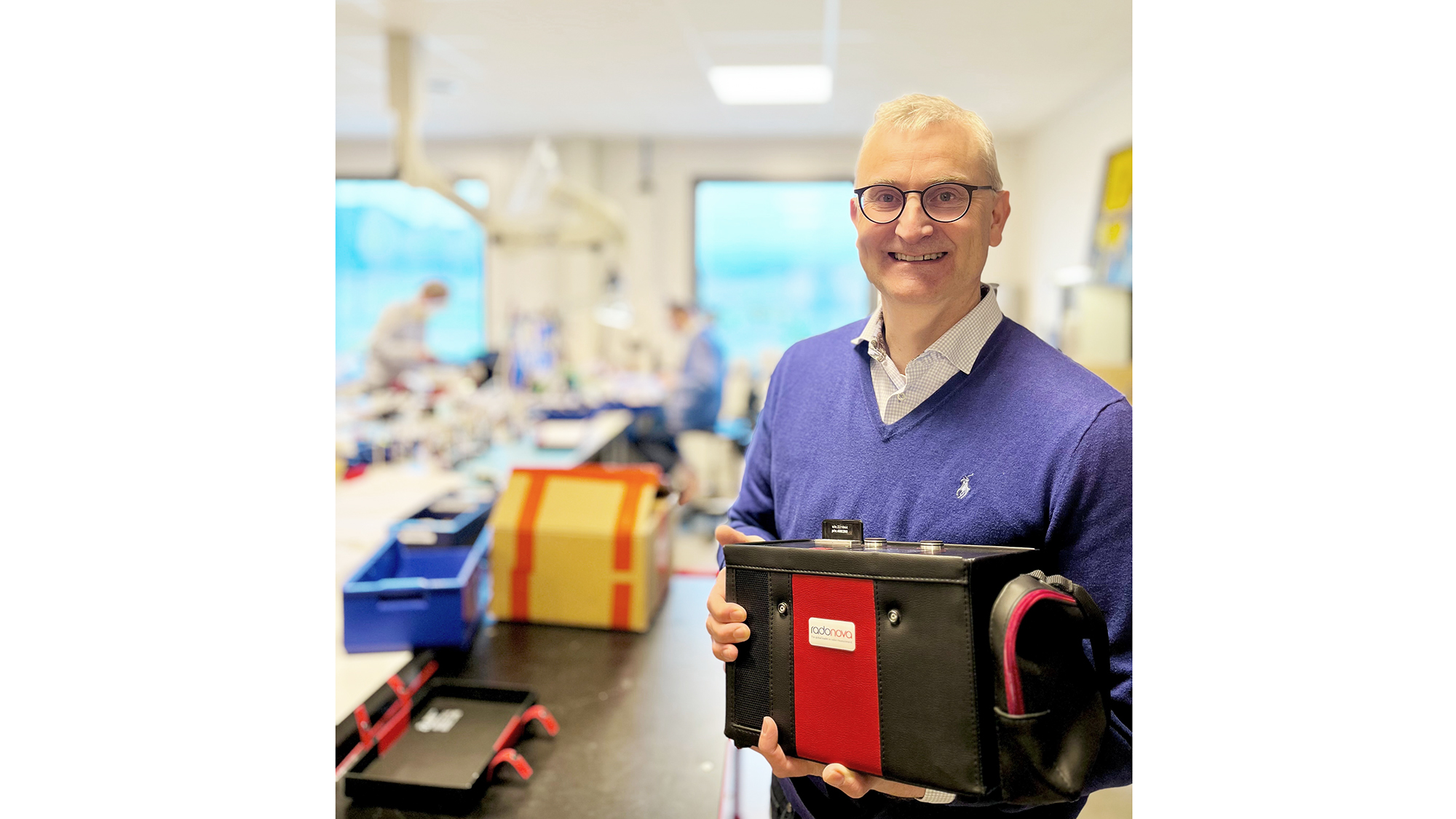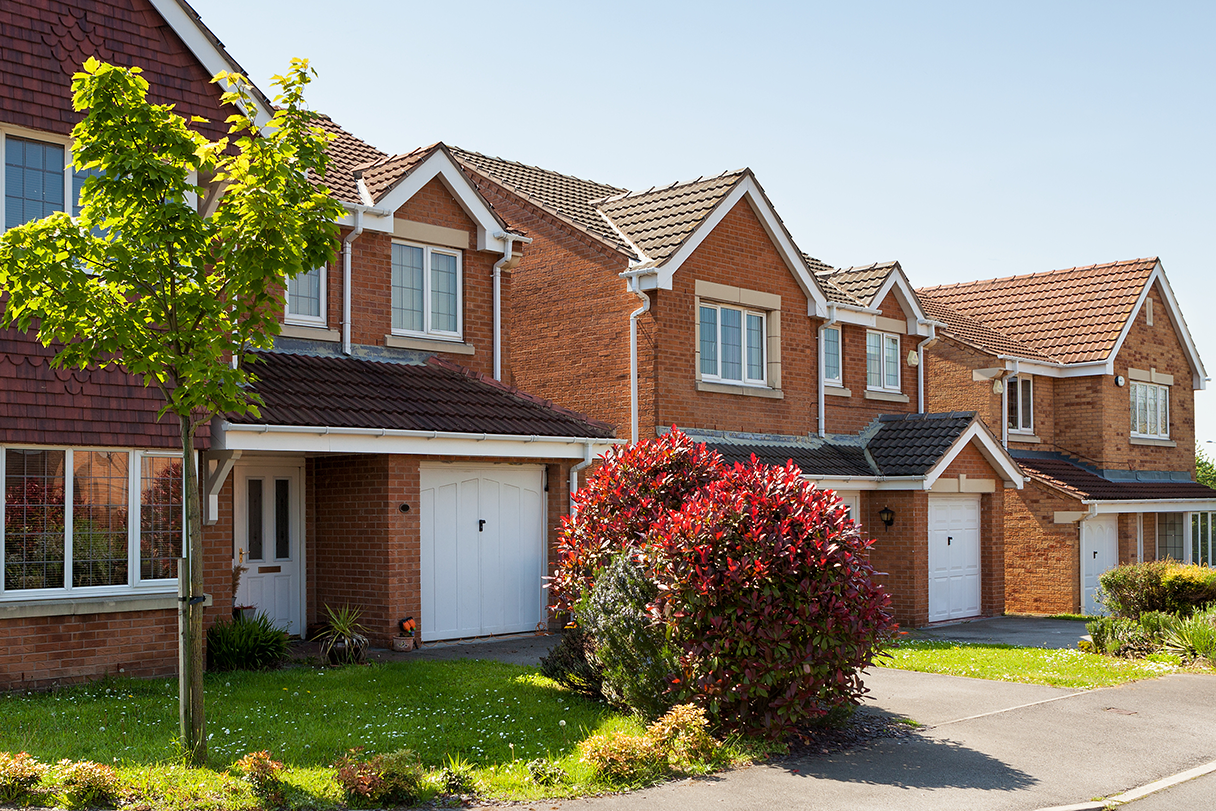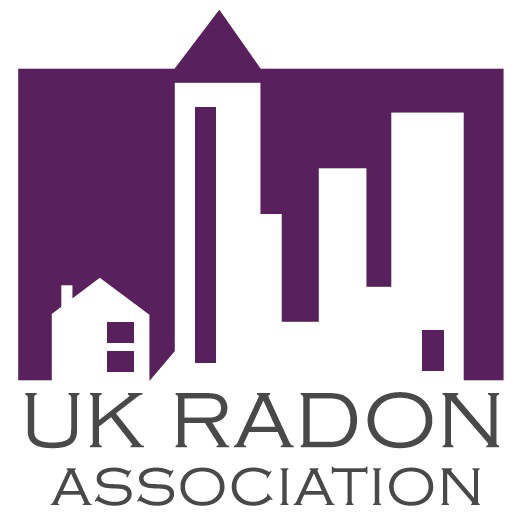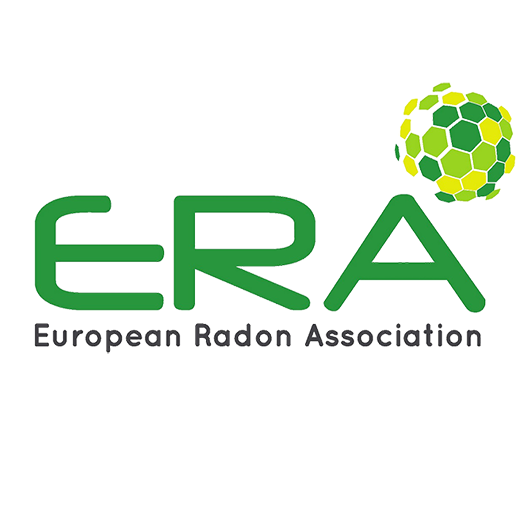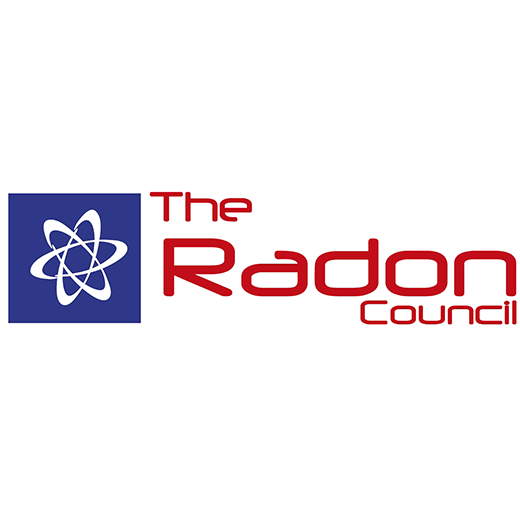Research measurement data of over 15,000 Swedish workplaces indicates that there can be unexpectedly high levels of radon, regardless of floor level or where you specifically measure. The findings confirm the importance of measuring sufficiently and not being satisfied with a small number of measuring points. An inadequate measurement can in the long run contribute to an unnecessary health hazard.
In Radonova’s Laboratory database, it is evident that in workplaces there is not a definite pattern in terms of where high radon levels can be found, as opposed to when you measure apartment buildings, for example. This is because business premises usually have a more advanced ventilation system that can lead to larger local differences in pressure and therefore provide locally high radon levels.
“We already know that the proportion of workplaces with increased radon values is relatively high. What now emerges is that it is not possible to say in advance whether a certain type of room or floor entails an increased risk with regard to the radon content. The spread in terms of measured values on different types of storeys is high, around 90 percent, and seems to be independent of storeys. Underground workplaces often have elevated radon levels, but they are relatively few in number and in these workplaces awareness of the dangers of radon is generally higher”, says Radonova Laboratories’ technical manager Tryggve Rönnqvist.
“Due to the large spread of measurement results, it is important that a sufficient number of detectors are deployed so that incorrect conclusions are ruled out. The motto that it is easier and more cost effective to do the right thing from the outset applies here. By conducting an appropriate measurement from the start, companies avoid time-consuming and expensive re-measurements. And if a measure is required to reduce the radon content, this process is much easier if there are enough measuring points”, Tryggve Rönnqvist continues.
Basements and ground floors are especially important
The statistics show that all premises should be measured, but basements and ground floors are particularly important as they are at the highest risk of elevated radon levels. As increased radon exposure leads to a greater risk of lung cancer, extra care should be taken with employees who stay in these premises, even if it is a short working week. It is therefore critical that when you measure for radon you use enough measuring points to enable you to accurately identify radon levels.
What is radon?
Radon is a radioactive gas that leaks in from the ground and in some cases comes from building materials. Depending on the ground under the house and the type of building structure, harmful high concentrations of radon can occur. Radon is a health risk that is the second most common cause of lung cancer after smoking. Globally, an estimated 230,000 people suffer from lung cancer each year as a result of long-term exposure to radon.


